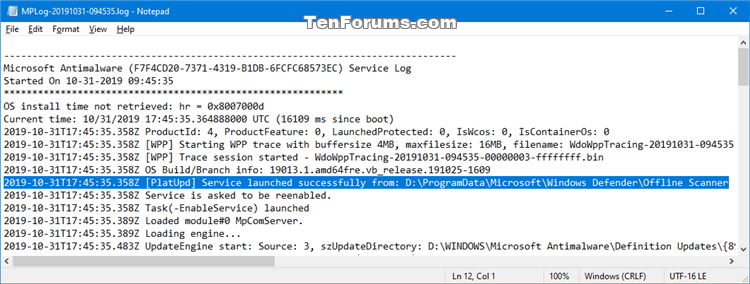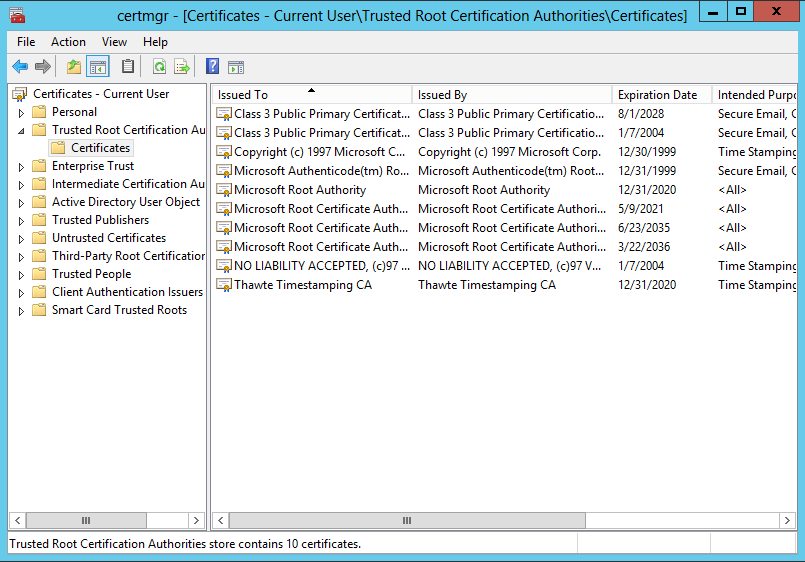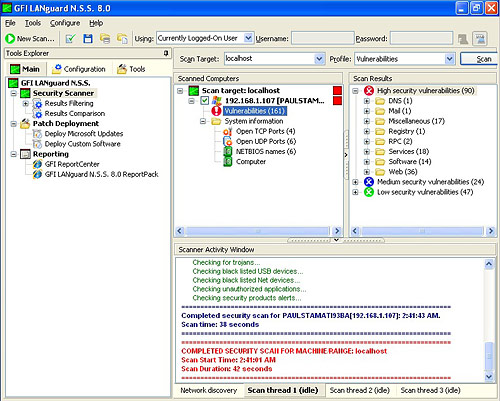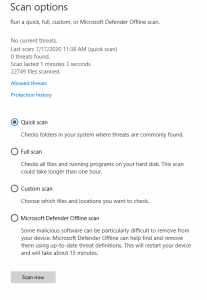
A SQL Server 2012+ local or remote instance (Any version from Express or better is supported).Internet connectivity necessary for Azure Information Protection.However, if you have one big 1GB file it can take 3GB of RAM just for that file. Thus, if you scan 40 files that are 20MB each at the same time, it should take about 20*2.5*40=2GB RAM. The scanner will allocate RAM 2.5-3 times of size of all files being scanned in parallel. Minimum 4 CPU and 4GB RAM physical or virtual.A Windows Server 2012 R2 or 2016 Server to run the service.To install the AIP Scanner in a production environment, the following items are needed: Every effort will be made to update it when things change, but if you run into difficulty running any of the commands on a newer version, please use the official documentation to identify any changes. This blog post was written based on the 1.29.5 version of the AIP Scanner. It systematically crawls through files on data stores that you specify, and you can configure this cycle to run once, or repeatedly. NOTE: The scanner does not discover and label in real time.

Or, you can run the scanner to automatically apply the labels. You can run the scanner in discovery mode only, where you use the reports to check what would happen if the files were labeled.

Because the scanner uses the Azure Information Protection client, it can classify and protect the same file types. Then, to determine if the files need labeling, the scanner uses the Office 365 built-in data loss prevention (DLP) sensitivity information types and pattern detection, or Office 365 regex patterns. The scanner can inspect any files that Windows can index, by using iFilters that are installed on the computer.

If there is ever a conflict, the official documentation is authoritative.

This blog post is meant to assist customers and partners with deployment of the AIP Scanner. The overview below is from the official documentation at. The Azure Information Protection Scanner is a program designed to detect, classify, and optionally protecting documents stored on File Shares and On-Premises SharePoint servers.


 0 kommentar(er)
0 kommentar(er)
